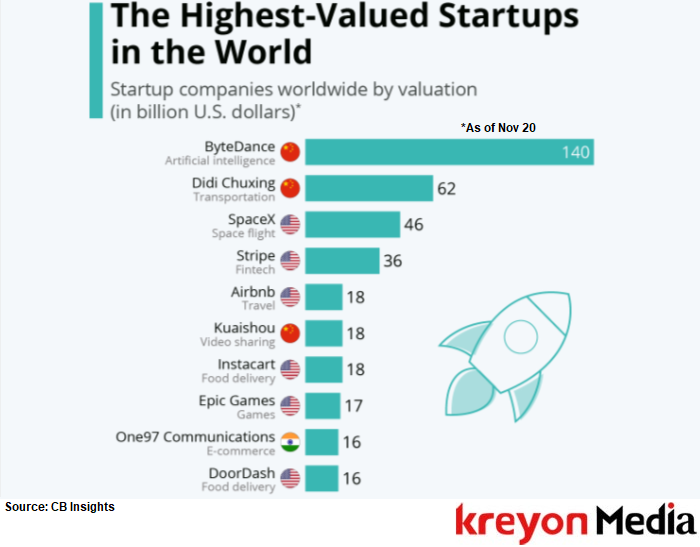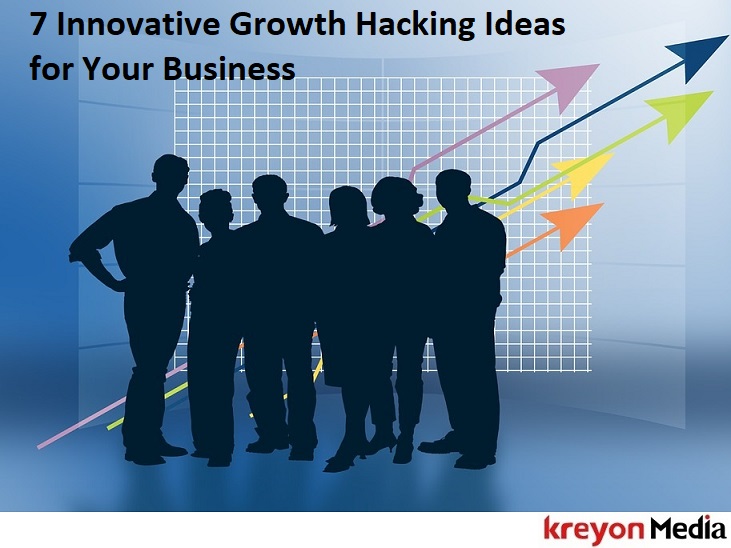The Steve Jobs Approach to Product Management

There have been many great companies and founders, but not many have captured the imagination of the world like Steve Jobs. The Steve Jobs approach to product management was one of the reasons why Apple went on to produce blockbuster products one after the other & became the most valuable company on the planet. Jobs was obsessive about quality, excellence and minimalism. He had the instinct of an artist, creativity of an inventor and inspired men to build products that ruled the world.
Here’s the Steve Jobs approach to product management:
1. Minimalist
Focus was the mantra that ruled the life of Steve Jobs. He was a master craftsman at figuring out what products to focus on and which ones to eliminate. More importantly, he also paid absolute attention to the features each of these products had.
Steve Jobs returned to Apple when it was in disarray in 1997. The company had been building too many products and none of them were breaking the ice with the consumers. Jobs started the consolidation work by cutting down on the products. He had four products and categorized them as per their market demands. Apple could focus on building fewer products with greater quality and the rest is history:
Products
iMac
iBook
PowerMac
PowerBook
Steve Jobs did an excellent categorisation as per the end users and market demand. The four by four matrix was the start of the resurgence for Apple computers to become the most valuable company in the world:
Product & User Categorisation
Desktop/Consumer
Portable/Consumer
Desktop/Professional
Portable/Professional
2. End to End Responsibility

Jobs was obsessed with the products he was involved in. He literally drove people mad. He cared for the users more than anyone could imagine. He had an intuitive sense of what users would like. He was probably the first product manager to understand the end to end experience of a product.
Jobs understood that end to end experience can be created by taking control of the hardware, software and building integrated systems. Apple created an ecosystem where they build things end to end. When Apple built the iphones, they struck a deal with AT&T for mobile networks. Steve Jobs was always thinking ahead, Apple took control of the design, manufacturing, packaging and marketing of the iPhone. They also had deals with mobile network operators and ensured best experience for their customers.
All great products make users’ lives easier. Steve Jobs wanted things to work smoothly and make things simple for them. Jobs and Apple understood end to end experience much better than others and even went out of their way to partner with other industries to take care of their customers.
3. Think for the Users
iTunes was a great example of end user thinking from Steve Jobs. When the product was conceptualised, there was no easy way for users to license songs on their devices. Apple solved this problem for the users. It provided them an easy and elegant way to purchase songs of their choice and listen to them on their devices anytime anywhere.
The design of the iphone with touch screen was another remarkable feature. Steve Jobs wanted to rebuild the complete mobile experience and make it extremely intuitive for the users. The delivered iphone, which became one of the highest selling products of all time. It changed the way people used their mobile devices.
4. Captivating Designs

“Designing a product is keeping five thousand things in your brain and fitting them
all together in new and different ways to get what you want. And everyday you discover something new that is a new problem or a new opportunity to fit these things together a little differently.”
Steve Jobs
The way a product is designed can either make or break it. The first experience of a user with your product goes a long way in shaping their perception about it. Jobs was a connoisseur of great designs. He had a great repulsion with anything that wasn’t captivating and brilliantly done. He could spend countless hours and iterations to make things intuitive and simple.
Jobs was perhaps the best product manager ever who had a knack of producing excellent products. The product design played and shaped much of Apple’s success. Whether it was Mac, ipad, ipod, iphone or Macbook, it is hard to find a better designed product in the market. Designing a great product requires stripping away everything that is unnecessary. It helps users focus on what they need to do and makes things intuitive for them.
5. Innovate Business Models
Product managers need to think ahead. They need to understand the business models and the context for their products today. You cannot build products that don’t compare favourably with your competitors, at least in some cases.
Jobs developed great business thinking where he connected business, technology, design and the consumers perfectly. He knew what they needed to build, for whom they needed to build, at what price and how it would reach them. He showcased this business model thinking into iTunes, iCloud, and several other string of successful products developed at Apple.
6. Push Boundaries

Debi Coleman who worked on the original Mac team said, “We did the impossible, because we didn’t realise that it was impossible.”
Steve Jobs’ approach to product management constantly pushed boundaries of what was possible, they defied the odds and built world brilliant products. Innovation demands great efforts and the best product managers know what to focus on.
When the Mac team was working to build the computer, they put in a crazy number of hours at the office. Many of them regularly clocked over 20 hours on 7 days a week for months at a stretch. The pushed boundaries in every which way. The Macintosh computer was the first successful mass consumer computer to have a graphical user interface, mouse and built in screen.
7. Staying Ahead of the Curve
Jobs once said, “customers don’t know what they want until we’ve shown them.” He reminisced what Henry ford said long ago, “If I’d asked customers what they wanted, they would have told me, ‘A faster horse!’”
Product management is about figuring out the needs and expectations of your customers before they can understand it themselves. It is about figuring out the unarticulated wishes of customers. This is what great companies do. When you are building products, it takes time to develop and ship the products. If you are only building things as good as the current ones in the market, it may not meet the expectations.
The best product managers understand, anticipate and innovate their way forward. They have a vision for the future. They develop skills to guide their teams from the present to the future.
8. Understanding Marketing & Supply Chain
 Steve Jobs was one of the most fascinating leaders of our times. He understood marketing better than any of his peers. Apple campaigns stood out and made it a noticeable brand in the early years. Jobs perfected his delivery and launched products with enthusiasm and energy that attracted followers around the world.
Steve Jobs was one of the most fascinating leaders of our times. He understood marketing better than any of his peers. Apple campaigns stood out and made it a noticeable brand in the early years. Jobs perfected his delivery and launched products with enthusiasm and energy that attracted followers around the world.
Jobs was a storyteller par excellence. He knew how he needed to connect with others. Whether it was his teams, vendors, customers, or distributors. He reimagined the supply chain for some of the products that Apple built. For e.g. launching an Apple Store and even charging developers for launching their apps on it. It was a great example of how Jobs could reinvent the way apps were developed and distributed. And Apple made a lot of money too.
9. Insanely Great
“When we finally presented it at the shareholders’ meeting, everyone in the auditorium gave it a five-minute ovation. What was incredible to me was that I could see the Mac team in the first few rows. It was as though none of us could believe we’d actually finished it. Everyone started crying.”
Steve Jobs
This is what Steve Jobs said when they finally finished the MacIntosh. Everyone who worked on the Macintosh team remembers as the product of their lives. Jobs himself said that he had never worked harder on anything. The team had worked countless hours for 2-3 years and finally they could deliver a masterpiece that is treasured in the echelons of time.
Steve Jobs led his team to build products like iTunes, iPod, Pixar Animation films, iPhone, iPad, Macbook etc. But one thing that defined each of these products was -they were insanely great. These products were built by people who were passionate and loved what they were doing. The Steve Jobs mantra for building products or whatever you’ve chosen to do with your life – it has to be insanely great.























